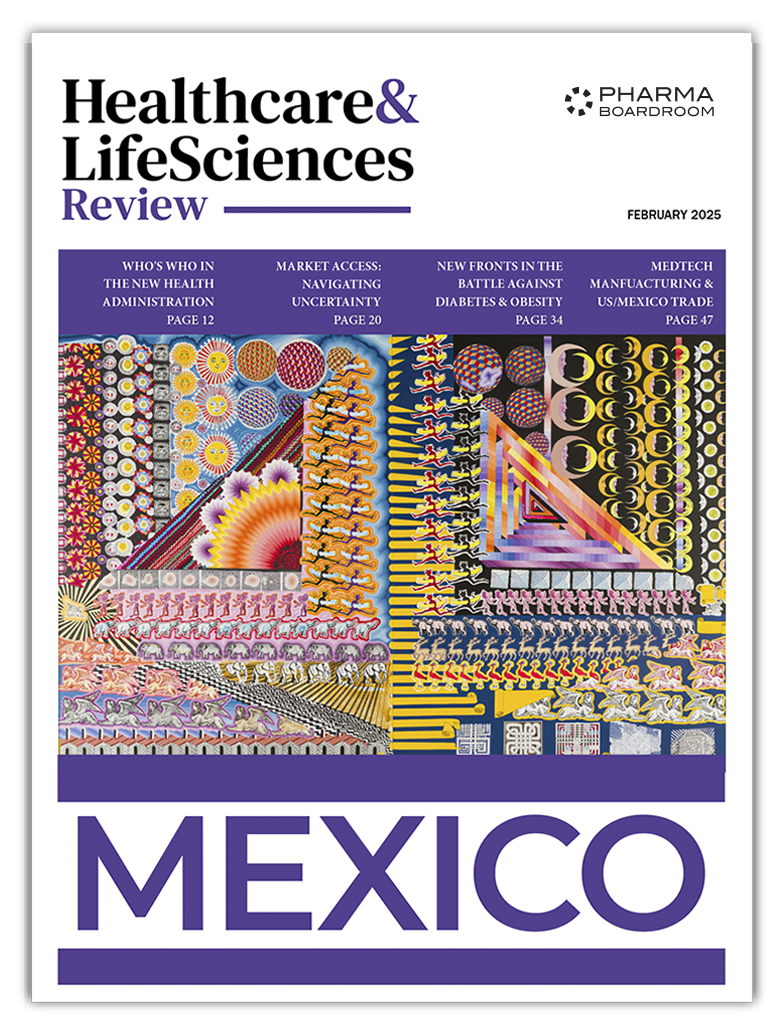With lower labour costs than mainland US, but the same regulatory framework and straightforward market access, Puerto Rico has long presented a compelling value proposition for pharmaceutical manufacturing, a sector that accounts for some 30 percent of the island’s GDP. After bouncing back from bankruptcy, devastating hurricanes and the COVID-19 pandemic, Puerto Rico has pushed to make itself even more attractive with new tax incentive legislation that has drawn fresh pharma and medical technology investment.
Unique Status
Puerto Rico has a unique economic and legal status as a US territory. Puerto Ricans have American citizenship, the US dollar is the official currency, and US laws dictate its trade policy. This exceptional position, along with Puerto Rico’s geographical proximity, its qualified yet still lower-paid workforce, and the tax incentives included in historical plans such as “Operation Bootstrap” have attracted manufacturing investment to the territory since the 1950s. Medtech and pharmaceutical production has become a cornerstone of the local economy, representing some 78,000 jobs in 2019, and in 2020 the island boasted no less than 70 medical device manufacturing sites and 46 biopharma plants.
Despite its advantages, Puerto Rico’s economy saw a major downturn and between 2004 and 2020 the territory’s annual economic growth plunged by about 12.5 percent. With huge public debt accumulating over the course of a decade, the island went into bankruptcy from which it only emerged in 2022. The commonwealth’s downward spiral was then worsened by devastating natural disasters, namely Hurricane Maria, corruption scandals, and the COVID-19 pandemic.
Enhanced Incentives
To counter its economic decline and attract new investments and businesses, Puerto Rico reformulated and restructured its existing tax incentive policies and passed the new Act 60, or the “Incentives Code” in 2019. The legislation harmonizes tax rates across industries and simplifies the processes involved in obtaining incentives. In practical terms, it offers companies a 100 percent exemption from income tax on distributions to shareholders, a 75 percent exemption on property taxes, a 50 percent exemption on municipal taxes, and also incentivizes research and development activities with tax credits of up to 50 percent.
“Puerto Rico indeed offers very attractive incentives, which by no means should be compared to the benefits of tax havens. In Puerto Rico, we do not have any shell companies funneling economic resources without having economic impact on the community,” affirmed former executive director of the Puerto Rico Industrial Development Company (PRIDCO) Manuel A. Laboy Rivera to PharmaBoardroom.
New Arrivals and Expansions
Apart from pharma and medtech giants like Pfizer, Amgen, and Medtronic, which have been firmly rooted on the island for decades, companies of varying sizes, not just from the US, have been drawn to Puerto Rico.
Florida-headquartered Romark, a firm which focuses on infectious diseases, decided on the island to gain more control over its manufacturing. “We were at a point in the development of our company where we needed to be able to control the pharmaceutical manufacturing process,” CEO Marc Ayers stated in 2020 about the company choosing to establish operations on the island. “What ultimately made the difference was the calibre of the talent and the quality of the infrastructure available herein pharmaceutical manufacturing.”
Other new arrivals in recent years include the clinical stage immunotherapy specialist CytoImmune, which invested USD 28 million in its state-of-the-art clinical cell manufacturing facility in Toa Baja, and Biosimilar Sciences that put USD 200 million into a facility in Aguadilla to develop a series of biosimilar products.
Firms with existing footprints in the territory have also renewed their commitment to Puerto Rico. The Italian sample collection specialist Copan Group expanded in 2021 with a USD 78 million investment in its Aguadilla production site launched in 2018. And, among other investors from outside of the US is the Indian manufacturer Aurobindo Pharma. In 2022 the company established operations in Puerto Rico under the name Auro PR, Inc. with a stack of some USD 100 million.
Last year, Mexico-based Neolpharma announced a USD 16 million investment to expand its presence on the island that dates back to 2013. “Neolpharma is proud to continue betting on Puerto Rico, a vital hub for our company and the bioscience industry,” said Neolpharma President and CEO Efrén Ocampo. “With a proven track record in this sector and a highly skilled workforce, Puerto Rico provides an ideal environment for us to thrive and achieve our goals.”
Larger industry players have also been expanding their presence on the island. Johnson & Johnson MedTech paid out USD 168 million at the beginning of 2024 to expand and increase the production capacity of its manufacturing facility in Manatí.



